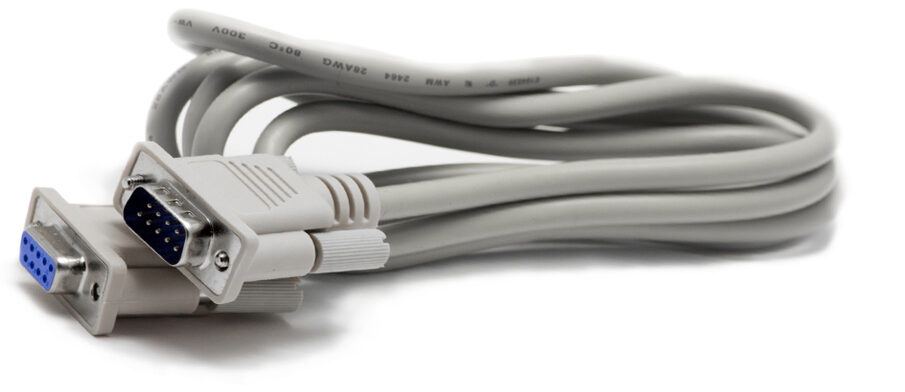The Complete Guide to RS232, RS485, and RS422 Interface Monitoring

In industrial automation, embedded systems, or just simple device-to-device communication, serial communication is a significant part. Three of the most popular serial interfaces are RS232, RS485, and RS422. Monitoring them is essential for debugging, testing, and ensuring your devices are communicating with each other properly.
In this article, we will explain what these interfaces are, why you should be tracking them, and how simple you can do it with the help of port monitoring software.
What Are RS232, RS485, and RS422?
Let us start by explaining what each one of these words is.
RS232
RS232 is the most basic form of serial communication. It facilitates communication between two devices only — like a computer and a modem. It is simple and used extensively for short-distance communication.
Example: Consider connecting your laptop to a legacy printer via a serial cable — that is RS232.
RS485
RS485 is more evolved. It makes it possible to have many devices (up to 32) talk on a single line and is good at longer distances. It’s found in industry.
Example: Multiple machines within a factory may be connected together using RS485 to talk to a control system.
RS422
RS422 is identical to RS485 but is generally used for point-to-point (one-to-one) applications. It supports high-speed data transmission over longer distances than RS232.
Example: RS422 might be used to send data from a mountain weather station miles away to a control center.
Why Monitor These Interfaces?
Monitoring is searching the data transmitted and received over these serial lines. Monitoring helps:
- Troubleshooting: In case something is not functioning properly, monitoring will be able to identify where the problem lies.
- Testing: You may test if your device is transmitting the appropriate data.
- Development: In developing new systems, it will make sure that your devices are talking to each other properly.
- Preventing Downtime: Catching communication problems early can prevent system failures.
How to Monitor RS232, RS485, and RS422?
You can monitor these interfaces with serial port monitoring software. A great example is AGG Software’s Advanced Serial Port Monitor. With it, you can:
- View real-time data being sent and received
- Capture logs to analyze later
- Fake devices (send data like a device would)
- Check for communication errors
- Monitor multiple ports at once
- This utility is like a magnifying glass, showing you everything that’s happening on your serial lines — without interfering with the devices.
Assume you have a temperature sensor connected via RS485 to your machine. The sensor stops sending data. Instead of replacing the sensor immediately, you can use a serial port monitor to determine whether:
- The sensor still sends data
- Data is correct
- There is some connectivity issue
- This saves money, time, and avoids unnecessary equipment replacement.
RS232, RS485, and RS422 interface monitoring is not reserved for professionals. Anybody can do it with the proper equipment, no matter how much experience. As a hobbyist, technician, or engineer, monitoring your serial communication can make your life easier and your devices more reliable.











